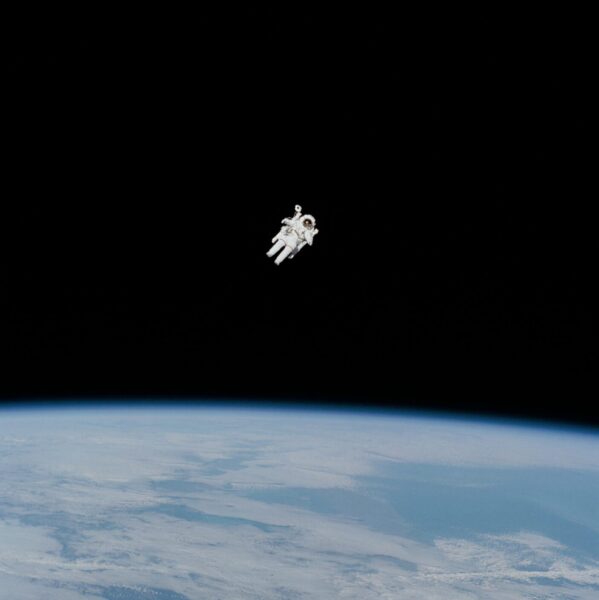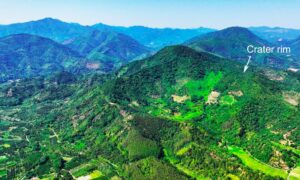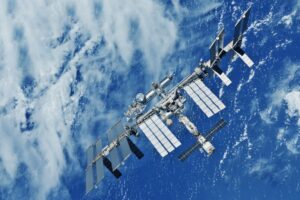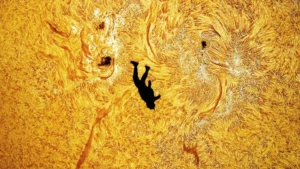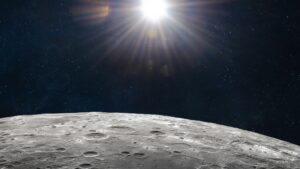Imagine drifting alone in space, with no cord connecting you to anything. It’s the stuff of nightmares or the freedom of dreams, depending on how you look at it.
In 1984, four astronauts did just that, and footage from their untethered flights is again making the rounds, reminding everybody of how incredible — and frightening — the emptiness of space can be.
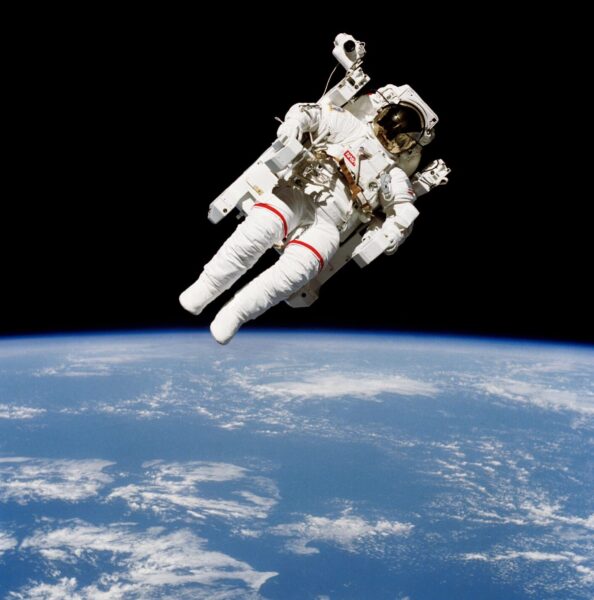
Bruce McCandless II. Photo: NASA
NASA astronaut Bruce McCandless II stepped away from the Space Shuttle Challenger on Feb. 7, 1984, using a jet-powered backpack called the Manned Manoeuvring Unit (MMU). He was the first human to float untethered in space. The image of him drifting alone above the Earth is considered the most terrifying space photo ever taken.
His spacewalk was not a stunt. It was the first demonstration of a cutting-edge tool designed to help satellite repair and space station construction. Drifting 90 meters away from the shuttle, he showed that astronauts could operate freely in space. Until then, the idea had been purely theoretical.
Two days later, fellow astronaut Bob Stewart also donned an MMU, and both men leaped from the shuttle into space.
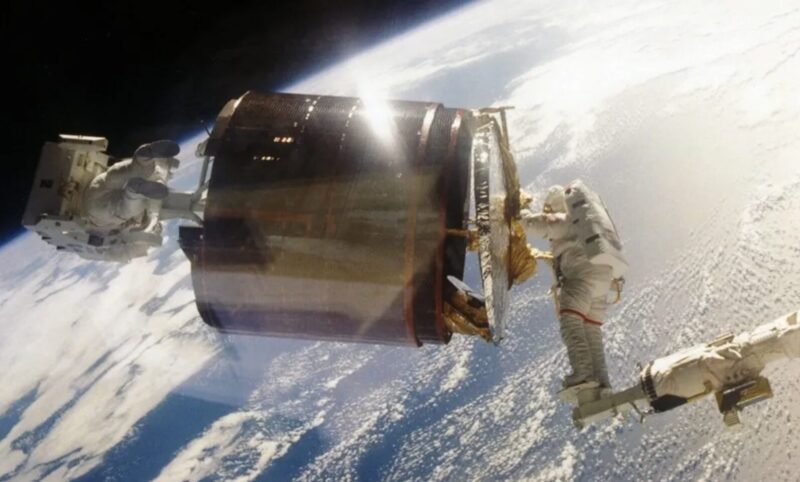
Gardner and Allen. Photo: NASA
A complicated mission
Just months later, NASA would put the MMU to an even greater test. During a November 1984 mission, astronauts Dale Gardner and Joseph Allen donned MMUs for a space salvage mission. Two communications satellites had failed to reach their intended orbit. Rather than letting them become space junk, NASA decided to try and retrieve them.
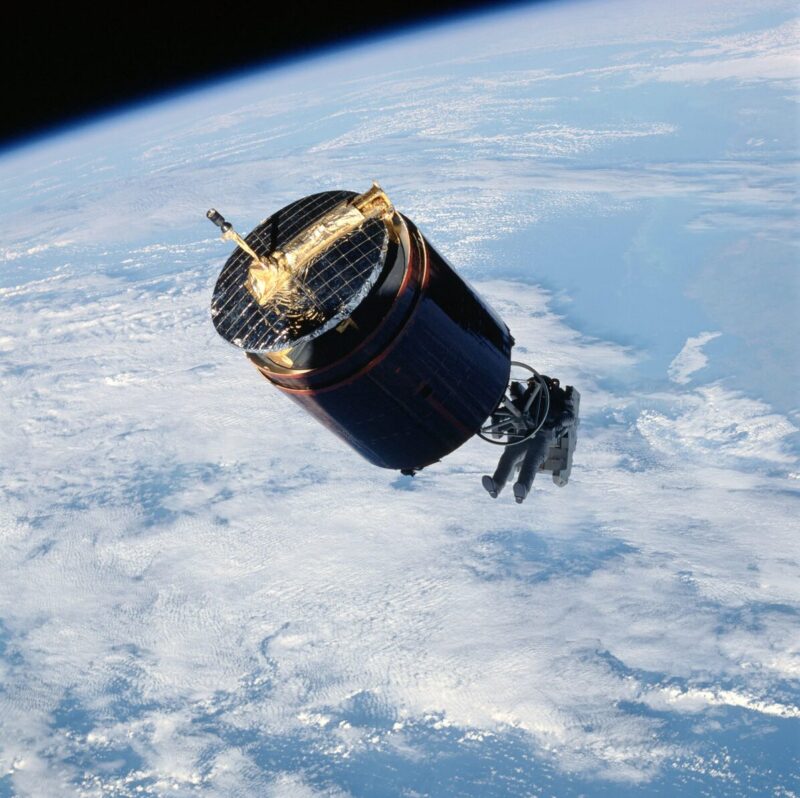
Dale Gardner floats to the Westar 6. Photo: NASA
Once their space shuttle was within nine meters of each satellite, they began their untethered spacewalk. Allen went first. He flew out to the satellite and attached a capture device that secured it for transport back to Earth. Then Gardner did the same with the second satellite. Footage of the maneuvers looks straight out of a sci-fi thriller.
Despite its success, the MMU was short-lived. After just three missions, NASA retired it in favor of robotic arms and safer, tethered spacewalks. The risk of an astronaut being lost in the void was just too great.
